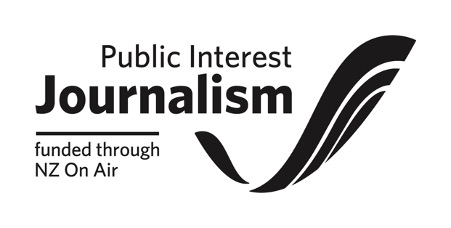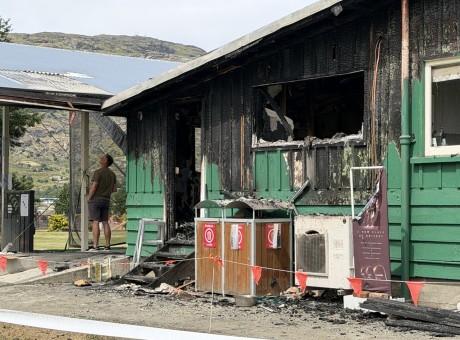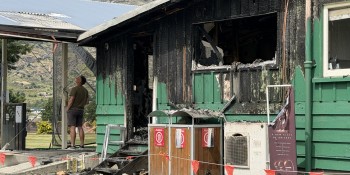Community gets first glimpse of Tarras Airport plans
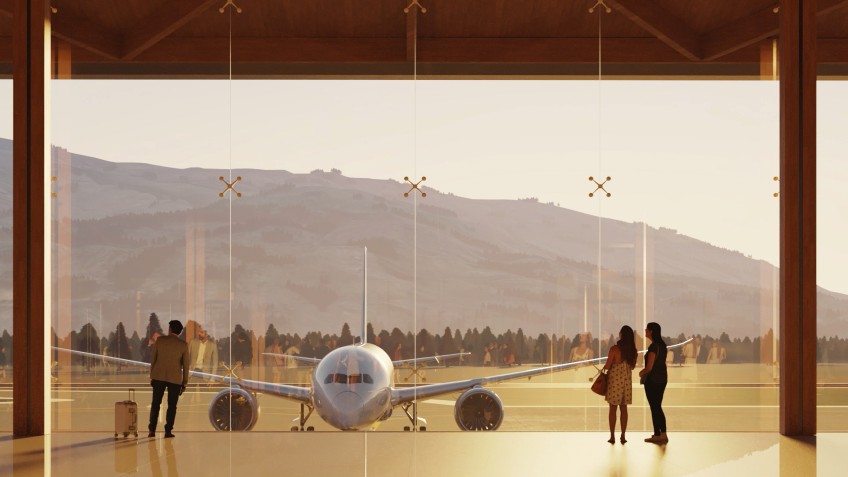
It is nothing more than a concept, but today Christchurch Airport has released its first images of what its proposed new airport in Tarras could look like in the rural landscape ahead of three public information sessions planned for Tarras, Cromwell and Wānaka.
The airport has also announced its preferred runway alignment, which would see aircraft travel largely along a corridor linking the Lindis Valley to the north with the Lake Dunstan valley to the south on approach and take off, steering clear of residential population bases in Hāwea and Cromwell for the most part.
"Our experts looked at a range of factors; safety is the most important and then we looked at efficiency. We also looked at trying to strike that fine balance between the households that are affected or likely to be under those flight paths, which are really on ramps to existing flight paths that exist into the area," Christchurch Airport's strategy boss Michael Singleton says.
"We know airports work much better when they are alongside not on top of communities, but we also know there will be some people who will have flights over over the top of them and that creates noise and a visual presence as well."
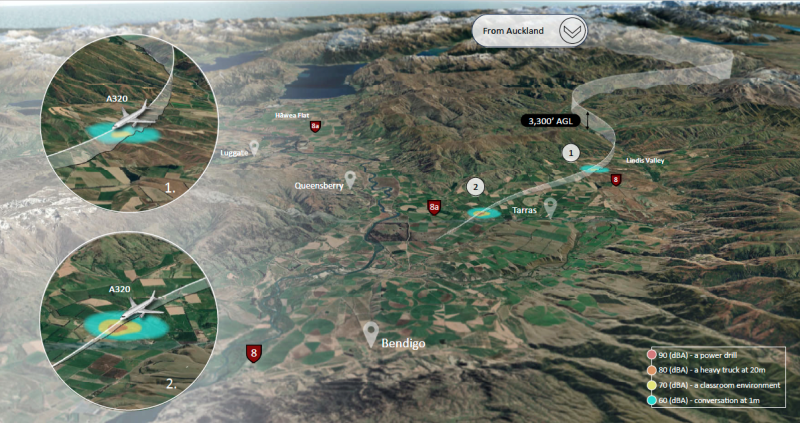
Expected aircraft noise (Supplied).
Mr Singleton says it is rural households in the Lindis Valley, who will be under flight paths and most affected by the decision.
Animations of noise impacts have also been released today, alongside artists impressions of a possible terminal building and runways settled within the Central Otago landscape.
Locals are used to a thick inversion layer, often seemingly sticking around for weeks on end, especially at the start of winter, and are quick to point out this local intel when any future airport is discussed, but the Christchurch team remains unfazed.
"First and foremost fog affects every airport in New Zealand, and it's something that you factor in. There's nothing that we've seen to date that is worrisome.
"We've taken the view these three simple things you can do - aircraft can be fitted with the right technology, pilots are trained to use it, but most importantly our new airport are able to fit the technology you need for low visibility flying on the ground. And that's really the kicker, if visibility is an issue."
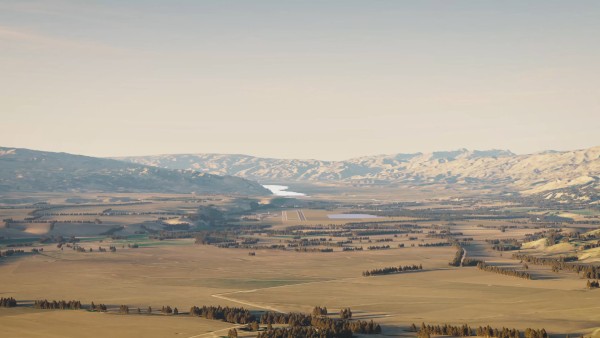
A view of the proposed airport at Tarras looking south (Supplied).
Alongside the runway alignment preference, the airport has also today released research on the likely need for another airport in the region - spoiler alert, and no surprises here, their research shows considerable need.
"Even if you take some very conservative growth forecasts out over the next 10, 20, 30, 40 years, which is what our project really speaks, it tells you that over that period there simply isn't enough airport capacity for this part of the world," Mr Singleton says.
He says by 2050, the status quo will mean people who want and need them will be missing out on access to seats on aircrafts locally.
He acknowledges the tensions around growth and capacity for it, being voiced with increasing regularity by many in the region.
"An airport's role, essentially, is to make sure that we have the right infrastructure in the right places to support our economies going forward and our people within those economies."
Also made public today, the preferred runway length - between 2,200 and 2,600 metres - and an analysis on the impact an airport could have on the land transport network.
The airport has put plenty of effort into curating this information dump, after months of accusations of radio silence from opponents of the project.
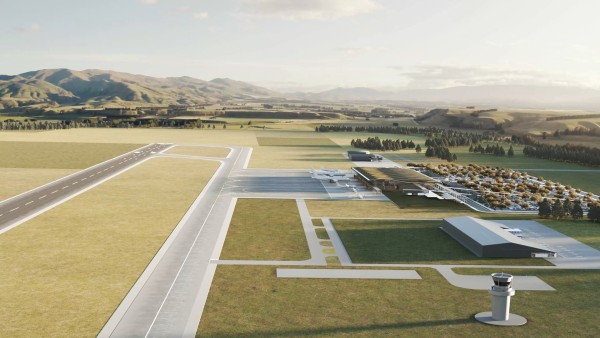
Christchurch Airport has decided on a runway between 2,200 and 2,600 metres, aligned to the Lindis Valley and Lake Dunstan.
Media were provided strictly embargoed access to the fresh documents, videos and images, as well as one-on-one interview time with project leads prior to the public drop in sessions.
Mr Singleton makes no apology for this approach, saying in his opinion town hall style question and answers sessions haven't been effective in the past for the airport as a means for getting information out, and even local councils are moving away from the format.
"The feedback we get is often those meetings are dominated by a few people, while other people who have genuine concerns don't feel they are able to voice them. There's no question that for some people they also enjoy those town hall style meetings, but we think that we think it's less than more, so we'll keep doing this."
He acknowledges some people have voiced "that they haven't seen and heard enough" from the airport.
"That's often because there's a lot of work that goes into getting that information ready for people to be able to, I guess, understand. We've tried to make the information here as digestible as possible. But then, when we've got some technical information, we'll also be publishing that...so that those who want a little more can delve deeper.
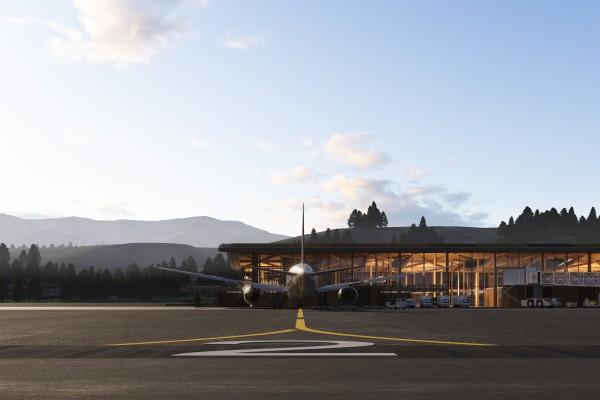
From farmland to future-focused airport infrastructure, an artist's impression of the terminal building at the proposed international airport in Tarras (Supplied).
"We hope that some of the information we provide over the next few days will go some way to answering some of those questions. We're also realistic enough to know it won't answer all of those questions and that's an ongoing process as we work through the project.
"I think this is an interesting milestone to see how some of the information we provide does land."
He says he wants people to understand "nothing is set in stone" and the airport still has a long was to go to get the project across the line.
He has faith that the planning process moving forward is a robust one, with the community at its centre.
"I think the thing that people should always be comfortable about is, while we own some land, we don't have any right to build an airport until it goes through a process, and those issues get traversed within those processes."
The Resource Management Act, and whatever legislation may replace it, will always be effect-based management, he says.
"We've got to cross some pretty big hurdles to get there....We can't simply go out and build an airport because we want to, we have to prove that there is a need for it."
Keen to drop-in on Christchurch Airport's information sessions? Here's the details:
- Tuesday, August 29, 2pm to 7pm, at the Tarras Community Hall
- Wednesday, August 30, 2pm to 7pm, at the Cromwell Presbyterian Hall
- Thursday, August 31, 2pm to 7pm, at Wānaka's Edgewater Resort
Read Christchurch Airport's information documents for yourself:
Preferred runway alignment sheet
Land transport infrastructure information sheet part one
Land transport infrastructure information sheet part two
Land transport infrastructure information sheet part three
Watch noise impact animations as planes fly into Tarras:
Noise analysis – Runway 04 arrival from Auckland
Noise analysis – Runway 04 departure to Auckland
Noise analysis – Runway 22 arrival from Auckland





